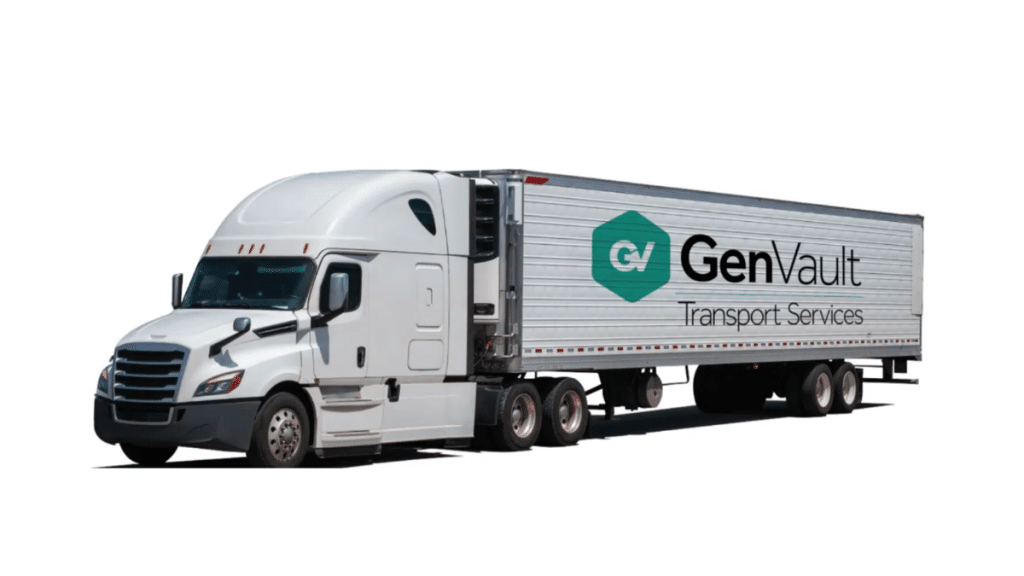In the fast-paced world of scientific research and development, the need to relocate a laboratory can arise for various reasons, such as expanding facilities, accessing better infrastructure, or moving closer to strategic partners. However, lab relocations are intricate projects that require meticulous planning, specialized handling, and a deep understanding of both scientific and logistical complexities. This comprehensive guide explores the essential aspects of laboratory moving services, aiming to streamline the process and ensure a smooth transition for your valuable research operations.
Understanding the Scope of Lab Relocation
1. Why Relocate a Laboratory?
Laboratories may need to move for several reasons, including growth and expansion, consolidation of facilities, or the desire to be in a more strategic location. Regardless of the reason, the goal is to ensure minimal disruption to ongoing research and operations.
2. Challenges in Lab Relocation
Relocating a lab is not merely about moving equipment; it involves the safe and compliant transport of sensitive materials, preserving the integrity of ongoing experiments, and managing the reassembly of complex instruments and systems.
Planning Your Lab Move
1. Developing a Detailed Plan
The first step is to create a comprehensive plan that covers all aspects of the move, from timelines and budget to risk management. This plan should include detailed inventories, special handling requirements, and contingency plans.
2. Choosing the Right Lab Relocation Service
Selecting a service provider with specific experience in lab relocations is crucial. Look for companies that offer a range of services, including packing, transportation, and setup of laboratory equipment, as well as compliance with all regulatory requirements.
3. Communication and Coordination
Effective communication among all stakeholders is essential for a smooth relocation. Establish clear lines of communication with the relocation service, lab staff, and any other involved parties.
Executing the Move
1. Pre-Move Preparation
Before the move, conduct a thorough inventory and decide what will be relocated, sold, or disposed of. Ensure that all equipment is properly cleaned and decontaminated according to safety standards.
2. Packing and Transportation
Specialized packing materials and techniques are required for the safe transport of lab equipment and sensitive materials. Professional lab movers use custom crating, climate-controlled transportation, and secure handling methods to protect your assets.
3. Setting Up at the New Location
Once at the new site, equipment must be carefully unpacked, reassembled, and calibrated. It’s also a good time to consider any updates or upgrades to your lab infrastructure.
Ensuring Compliance and Safety
1. Regulatory Compliance
Lab relocations must adhere to a variety of regulatory requirements, including those related to the transport of hazardous materials, biological specimens, and controlled substances. A knowledgeable relocation service will navigate these regulations efficiently.
2. Safety First
The safety of personnel and the preservation of research integrity are paramount. Follow all safety protocols during the move and ensure that the new lab meets all safety and compliance standards before resuming operations.
Post-Move Considerations
1. Operational Continuity
After the move, promptly test all equipment and systems to ensure they are fully operational. This helps minimize downtime and ensures the continuity of research activities.
2. Lessons Learned
Review the relocation process to identify what went well and where improvements could be made. This evaluation can be invaluable for planning future relocations or expansions.
Laboratory relocations are complex but manageable projects that require careful planning, specialized expertise, and strict adherence to safety and regulatory standards. By understanding the scope of the move, meticulously planning each step, choosing the right lab relocation service, and prioritizing safety and compliance, you can ensure a successful transition to your new facility. Remember, the goal of any lab move is not just to transport physical items from one location to another but to preserve and enhance the capacity for scientific discovery and innovation.
